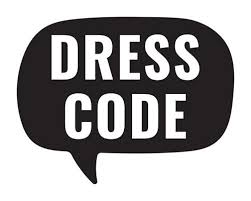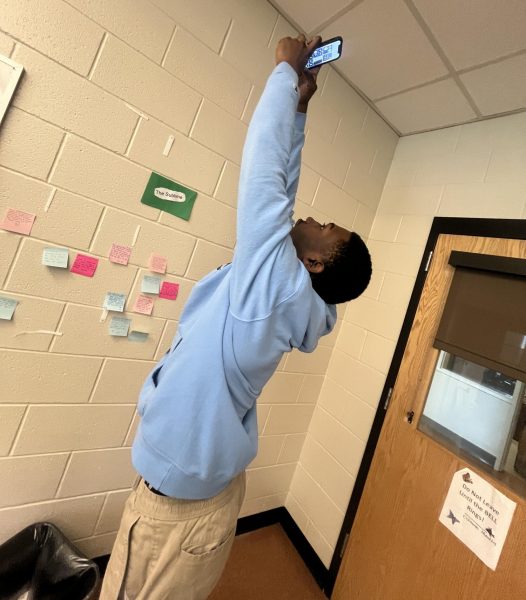Rephrasing How a Faculty Member “Dress Codes” a Student
The negative aspects of dress code

Recently, admistors and staff have started to re-enforce the dress code. This seems to happen every year where the faculty of AMHS are told to keep an eye out for people not following the dress code rules. Before I begin, I would like to include a disclaimer that I personally think there should be no dress code. With that being said, I do understand that these are the rules sent down from CCSD and are expected to be enforced in the schools. I recently got dressed coded for my square neck shirt for “being too low and showing too much cleavage”. When I walked into school that morning I was immediately taken aside by two teachers that I have never spoken to in the hallway in front of all the people walking in. These teachers do not usually stand at the entrance of the door so I was confused and taken aback when I was taken aside. I then was also asked “if I had anything to cover up with”. That particular comment made me feel insecure with my body and almost ashamed.
I asked other teachers whom I trust their opinion on my shirt. I got answers like ‘I do not see anything wrong with it’ and ‘Really? You got dressed coded?
After this encounter I asked other teachers whom I trust their opinion on my shirt. I got answers like ‘I do not see anything wrong with it’ and ‘Really? You got dressed coded’. This sparked me to begin doing research of the effects of dress code and the negative constructs that come with it. I knew having no dress code was not an option so I thought maybe the teachers and faculty could change the way they approached the situation. I found online people that thought similarly to me and also had similar feelings occur after they got dress coded. Sometimes I do not think that people think about how their words can impact a person, especially a girl in highschool. So I propose that instead of immediately telling a girl to cover up that the teacher should start a conversation with the child and ask “Why did you choose to wear these clothes today? Or “How do these clothes make you feel?”. I believe that rephraising the way someone is dress coded could have a huge impact on the stigma around the female body and the way it makes the child feel.







![Presidential Rizz [RANKED]](https://amhsnewspaper.com/wp-content/uploads/2024/03/jfk-600x338.jpg)




